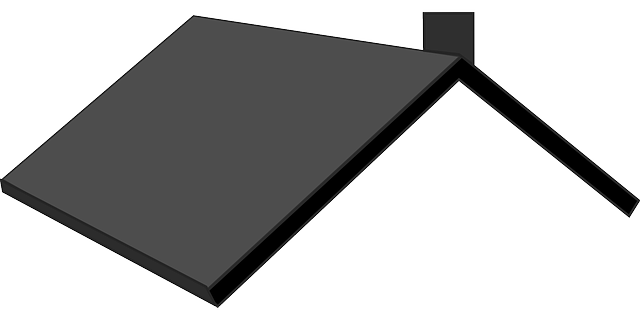Shingle roofs require regular attention due to potential damage from weather, heat, age, and moisture intrusion. Early detection through inspections is key to preventing costly repairs. Repairs involve assessing damage, choosing suitable materials, meticulous installation, and post-repair inspections. Professionals are essential for quality and longevity. Regular maintenance, avoiding DIY mistakes, and proper budgeting guide successful repairs. Deciding between repair and replacement depends on damage extent; regular inspections aid in these decisions.
“A well-maintained roof is every homeowner’s priority, and when it comes to shingles, timely repairs are crucial. This comprehensive guide delves into the intricacies of shingle roof repair services, addressing common issues like missing or damaged shingles, granule loss, and leaks. We’ll navigate assessment processes, explore material choices for replacements, and provide a step-by-step approach. Professionals play a vital role in ensuring quality, while tips for maintenance offer extended protection. Learn to avoid mistakes, budget effectively, and recognize repair vs. replacement red flags for your shingle roof.”
Understanding Shingle Roof Damage: Common Issues and Causes
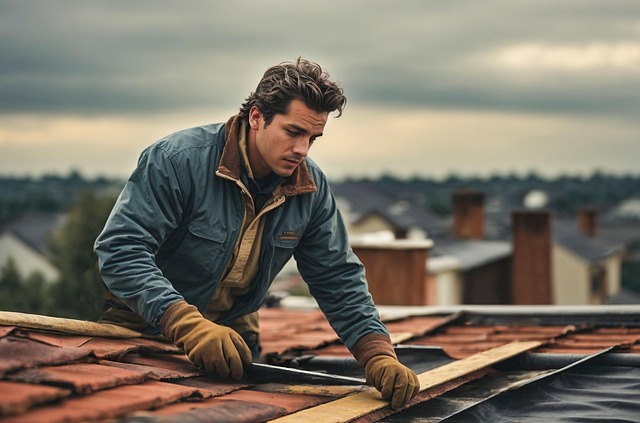
Shingle roofs, while durable, are susceptible to various damages that require prompt attention from professional shingle roof repair services. Common issues include missing or damaged shingles, which can be caused by harsh weather conditions such as high winds, storms, and hail. These events can dislodge or shatter shingles, exposing the underlayment and compromising the integrity of the entire roof structure. Another frequent problem is curling or cracking shingles, often resulting from heat exposure, age, or poor installation.
Additionally, moisture intrusion can lead to significant shingle damage over time. Rain, snowmelt, or condensation can cause water to seep into joints and cracks, facilitating rot and deterioration. Improper flashing around chimneys and vents also contributes to these issues. Identifying and addressing these problems early through regular inspections is key to maintaining a well-protected home and avoiding more extensive—and costly—shingle roof repairs in the future.
Assessing the Scope of Shingle Roof Repair
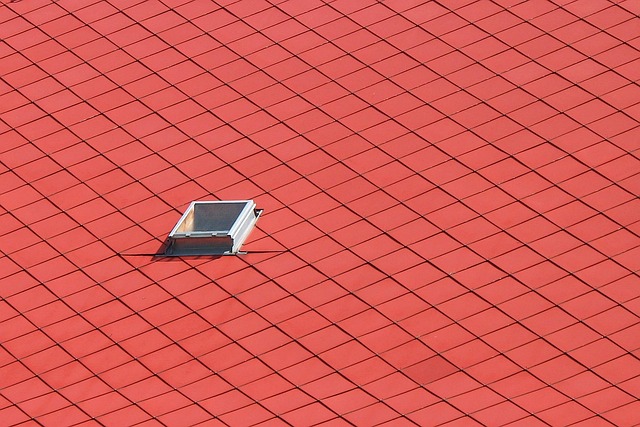
When it comes to assessing the scope of shingle roof repair, the first step is identifying the extent of the damage. This involves a thorough inspection of the entire roof to pinpoint missing or damaged shingles, as well as any signs of moisture intrusion or structural weakness. During this process, experienced professionals consider factors like the age and condition of the existing roof, local weather patterns, and the overall design of the structure.
Once the scope is determined, a detailed plan for repair can be outlined. This may include replacing individual shingles, repairing or reinforcing damaged flashing, or even re-covering the entire roof depending on the severity of the issues encountered during inspection. The goal is to ensure the repaired roof not only looks good but also provides adequate protection against the elements.
Choosing the Right Materials for Shingle Replacement
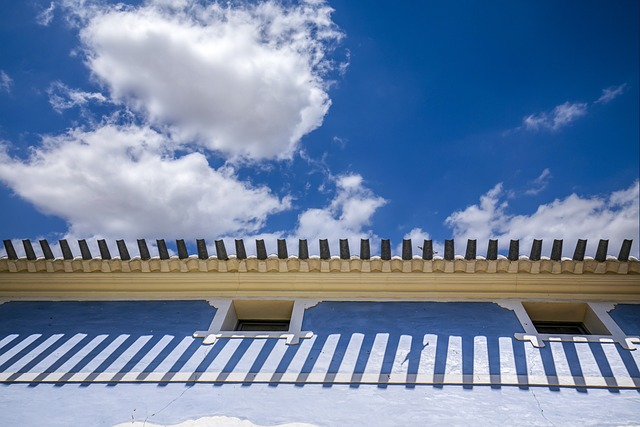
When undertaking shingle roof repair, selecting the appropriate materials is a critical step that cannot be overlooked. The right shingles not only ensure aesthetic appeal but also provide long-lasting protection against the elements. It’s essential to consider factors like durability, style, and climate suitability when choosing replacements. For instance, areas prone to strong winds may require sturdier shingles designed to resist high velocities, whereas regions with heavy snowfall might necessitate shingles that can withstand impact from ice and snow.
Additionally, keeping up with industry trends and local building codes is vital. Modern shingle options offer a range of benefits, such as enhanced energy efficiency and superior resistance to fire, mold, and UV damage. By aligning your material choice with these considerations, you’ll not only enhance the overall quality of your shingle roof repair but also secure a more durable and reliable fix.
Step-by-Step Guide to Shingle Roof Repair
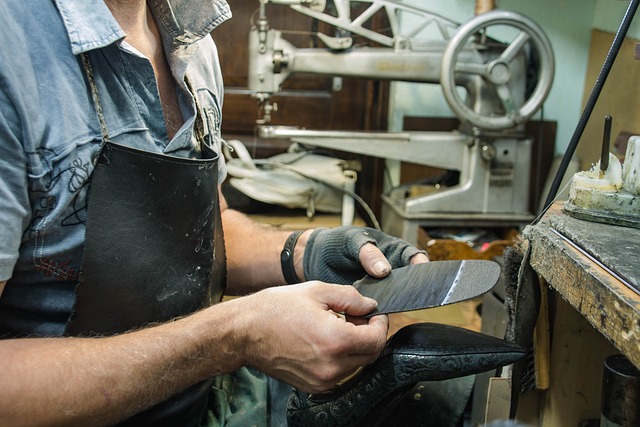
Repairing a shingle roof is a process that requires careful attention and specific steps for effective results. Begin by inspecting the entire roof to identify damaged or missing shingles. This can be done with a pair of binoculars or simply by walking on the roof, if safe and feasible. Next, gather all necessary tools and materials, including replacement shingles, adhesive, and protective gear.
Once prepared, start by removing any loose or damaged shingles using a hammer and nail puller. Clean the area thoroughly to ensure proper adhesion for new shingles. Measure and cut the replacement shingles to fit the specific areas of damage, ensuring they align with neighboring shingles. Apply adhesive according to the manufacturer’s instructions and securely attach the new shingles, starting from the bottom edge and working your way up. After completing the repairs, inspect the roof for any further damage or missing spots and address them accordingly.
The Role of Professionals in Ensuring Quality Shingle Repairs

When it comes to shingle roof repairs, professionals play a pivotal role in ensuring quality and longevity of the fix. Not only do they possess the necessary skills and expertise to handle complex repairs, but they also have access to high-quality materials designed specifically for roofing. Using these materials properly and following industry best practices is key to preventing future damage caused by leaks, weather, or aging.
Moreover, professionals offer more than just skill; they provide peace of mind. A well-executed repair job not only restores the aesthetic appeal of a home but also safeguards against structural damage. By entrusting shingle roof repairs to experts, homeowners can rest assured that their investment is protected and that their roofs will stand strong against whatever weather conditions come their way.
Tips for Maintaining Your Shingle Roof Between Repairs

Regular maintenance is key to prolonging the life of your shingle roof between professional repairs. Start by inspecting your roof at least twice a year for any signs of damage, such as missing or damaged shingles, flashing issues, or leaks. Early detection can prevent small problems from turning into costly repairs.
Keep your gutters clean and free of debris to ensure proper water flow. Over time, leaves, branches, and other buildup can weigh down gutters and cause overflow, leading to roof damage. Additionally, consider sealing any cracks or gaps around chimneys and vents to avoid moisture intrusion, which could weaken the shingles’ adhesion. Regular maintenance not only extends the lifespan of your shingle roof but also helps ensure you’re saving money in the long run by avoiding extensive repairs or replacements.
Common Mistakes to Avoid During Shingle Roof Repair
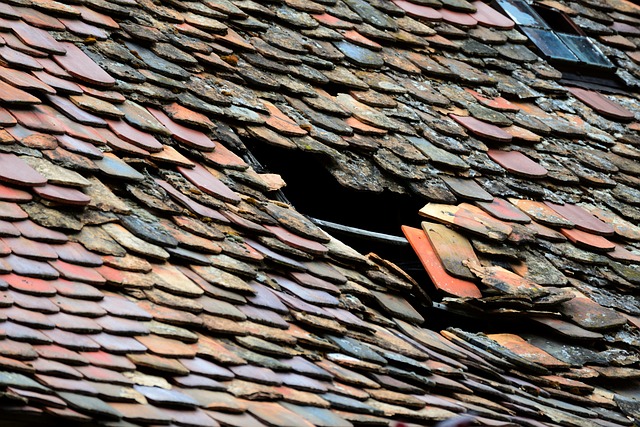
When undertaking shingle roof repair, it’s crucial to avoid common pitfalls that can lead to further damage or costly missteps. One of the most frequent mistakes is attempting DIY repairs without proper knowledge and tools. Shingle roofs require specialized equipment and expertise to ensure longevity and structural integrity. Attempting a patch-up job without understanding the underlying issues can result in an unsafe roof.
Another error to steer clear of is neglecting regular maintenance. Shingles wear out over time, and neglecting routine inspections can lead to significant damage when small problems grow into large repairs. Ignoring leaks, missing or damaged shingles, and other signs of distress can compromise the entire roofing system. Regular care and prompt attention to these issues are key to avoiding costly and complex shingle roof repair in the future.
Cost Considerations: Budgeting for Shingle Roof Repair Services
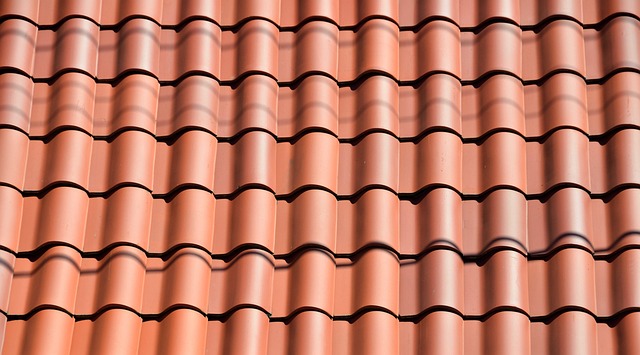
When considering shingle roof repair services, budgeting is a crucial aspect to keep in mind. The cost can vary widely depending on several factors such as the extent of damage, the type of shingles, and the size of your roof. It’s essential to obtain quotes from multiple reputable contractors to ensure you’re getting a fair price. Remember that a professional assessment is vital; they can accurately determine the necessary repairs and provide transparent pricing.
In terms of budgeting, set aside a realistic amount for both materials and labor. Shingle roofs are significant investments, so allocating funds accordingly ensures your repair project is completed effectively. Keep in mind, while it might be tempting to opt for the lowest quote, going with the most affordable option could lead to subpar work or overlooked issues, potentially causing further damage down the line.
When to Replace Instead of Repair: Knowing the Red Flags
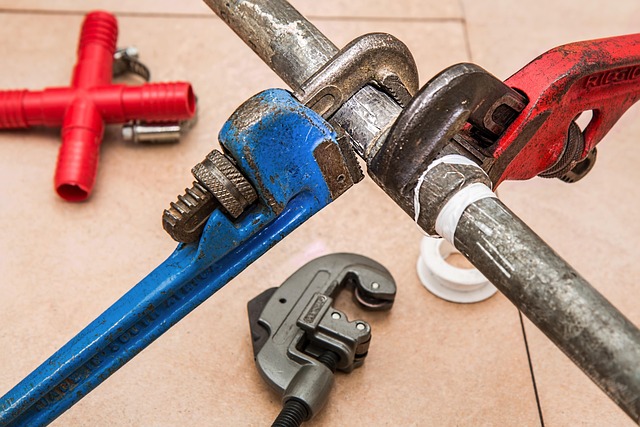
Many homeowners often wonder if it’s better to repair or replace their damaged shingles. While shingle roof repair services are a common solution for minor issues, there comes a time when replacement is the more viable option. Knowing when to pull the plug on repairs and opt for a new roof is crucial in ensuring your home stays protected from the elements.
Red flags that signal it’s time for a replacement include widespread damage, such as multiple missing or broken shingles, large areas of deterioration, or signs of rot or water damage. If your roof has reached a point where repairs are frequent and costly, and the underlayment is showing signs of wear, it might be more economical to invest in a new roof. Regular inspections can help you stay ahead of these issues, allowing for timely decisions regarding shingle roof repair or replacement.
